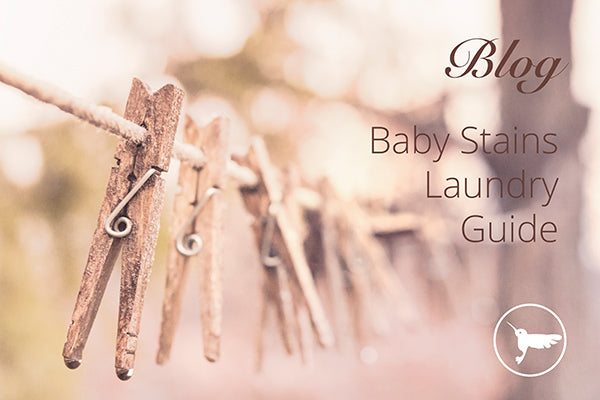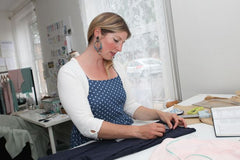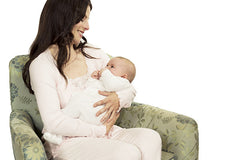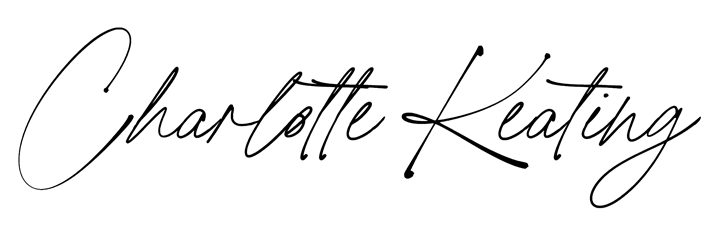-
SHOP Art
- Art Prints
-
Gift Shop
- Artist Blog
- Learn
- My Story
- Contact
- Exhibitions
-
May 20, 2015

Whether breastfeeding or formula feeding, getting a dribble of milk or baby sick on your clothes will be a daily hazard. As will the risk of baby poo leaking onto baby clothes. When your baby moves onto solids, you will find another host of messy laundry to deal with from fruit juices to pasta sauce! These stains - known as Protein Stains - are notoriously hard to remove from clothing on a normal wash cycle.
To keep your nursing and baby clothes in tip top condition and stain free, we’ve put together a helpful laundry guide for you.
Washing our clothing

Our nursing wear is made from a lovely soft and supple Viscose/Elastane blend that bounces back to it’s original shape after use. Viscose is a natural based, breathable fabric similar to cotton (Viscose is made from the cellulose of wood pulp or cotton which is then further processed).We advise washing our garments at 30’ and ironing on a low heat. We recommend hanging your clothes to dry and placing them on a warm radiator to remove any remaining moisture if necessary.
Our garments are designed in Britain and made in Portugal to achieve a high quality finish at affordable prices. If you care for your items well, our products will retain a good resale value when you no longer need them.
Take preventative action
Keep a supply of muslin cloths handy for tucking alongside your baby’s check whilst they nurse and for placing under their chin or over your shoulder whilst you wind them. This should help catch the worst of any dribbles or baby sick that can stain clothes. A soft bib also works well if you don’t have a sicky baby, whilst other babies may require more mopping up after feeds! If you think your baby sick is not a result of releasing trapped wind, please seek immediate advice from your doctor.
Change nappies regularly and swiftly when you hear your baby poo to avoid them over spilling into their clothing. Check that their nappies are snug against their legs and the ‘frilly’ part of the elasticated leg is not tucked in/under. Some nappies are better than others at containing their contents!
Washing powder
Baby skin can be rather sensitive. To avoid irritation, it's generally advised to use a mild, fragrance free, non bio washing detergent for washing clothing, bedding & other items that come into contact with your newborn’s skin. A rash can be a sign of skin irritation or allergic reaction and should always be checked with your GP.
The difference between bio and non bio washing detergents
Biological detergents contain enzymes that are good at breaking down stains. They work at much lower washing temperatures making them more eco friendly and cost effective for your laundry. However, the enzymes can irritate sensitive skin and may not be suitable for your baby.
Non biological detergents do not contain the enzymes which help break down protein stains such as baby spew and poo but are less likely to irritate sensitive skin. Laundry will require using a hotter wash cycle to clean effectively. Some companies claim their non bio detergents work better than others at removing tough stains so you may need to find your favourite.
How to remove stains from clothing
The best way forward for your washing is to spot treat the stain using our tips below and wash with a non biological washing detergent according to your garment wash care label.
1. When treating a protein stain such as breastmilk, formula, food, baby poo or milk sick you will need to soak the item in cold water to loosen the stain and any dried-on lumps.
For greasy stains from baby oils, nappy creams or lanolin based nipple creams you will need to apply cornstarch or talcum powder to absorb the oil. Scrape residue off after 10 minutes or so.
2. Spray or treat the stain with a pre wash stain remover like Vanish Oxi Action Pre-Treat Spray or Ecover Stain Remover and use as directed, letting it soak if necessary.
3. Use a soft bristled brush to gently work the stain remover into the fabric if required but do not scrub as this will damage the material.
4. Wash on a warm cycle using a non bio washing detergent but ensure you adhere to the temperatures stated on the garment wash labels.
5. Any remaining stains can be re-treated after a wash in the same manner as above or you could try lightening the stains au naturel, by hanging items on the washing line in the sunshine.
Disclaimer: Always check your wash label instructions prior to treating or washing your items to ensure you launder appropriately.
September 26, 2017

August 31, 2017
We're starting a campaign which aims to inspire & empower more women to breastfeed with confidence! Supported by a monthly GIVEAWAY and Breastfeeding Cards, we want to encourage more mums to #BreastfeedWithEase #NurseInStyle
July 21, 2017

Are nursing tops important? We discuss the benefits and best buys for mums expecting to breastfeed. Nursingwear to help mums breastfeed confidently.
